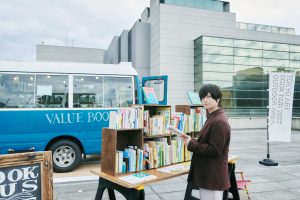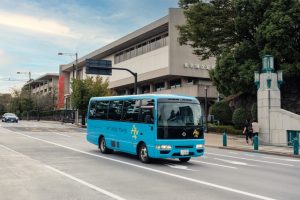The weather is getting warmer with the start of the new fiscal year in April. “Grutto Pass” is known for its wide coverage of facilities and offers discounts at various destinations, including art and science museums, as well as a zoo, an aquarium, and gardens. Below is our recommended on-foot excursion around Komagome Station to experience culture, history, and nature during the Golden Week holiday.
Enjoy GW Holiday with Tokyo Museum Grutto Pass 2023! Stroll Around Komagome Full of Cultural and Historic Sites
Event Reports
No.041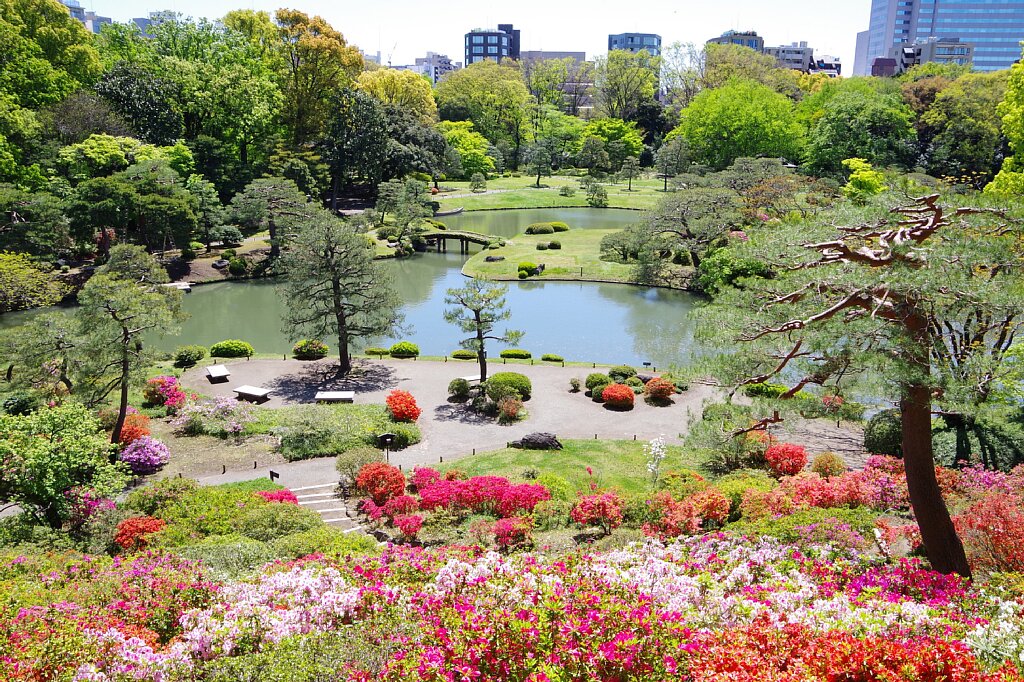
“Tokyo Museum Grutto Pass 2023” is a set of free and discount QR-code tickets to 101 art and science museums in Tokyo and nearby areas. It costs 2,500 yen and can be used once at each facility for two months from the date of first use. This article will introduce a special “budget” walking route that includes one of the country’s largest book museums and two gardens.
Explore World’s Animals and Plants at “Toyo Bunko Museum”
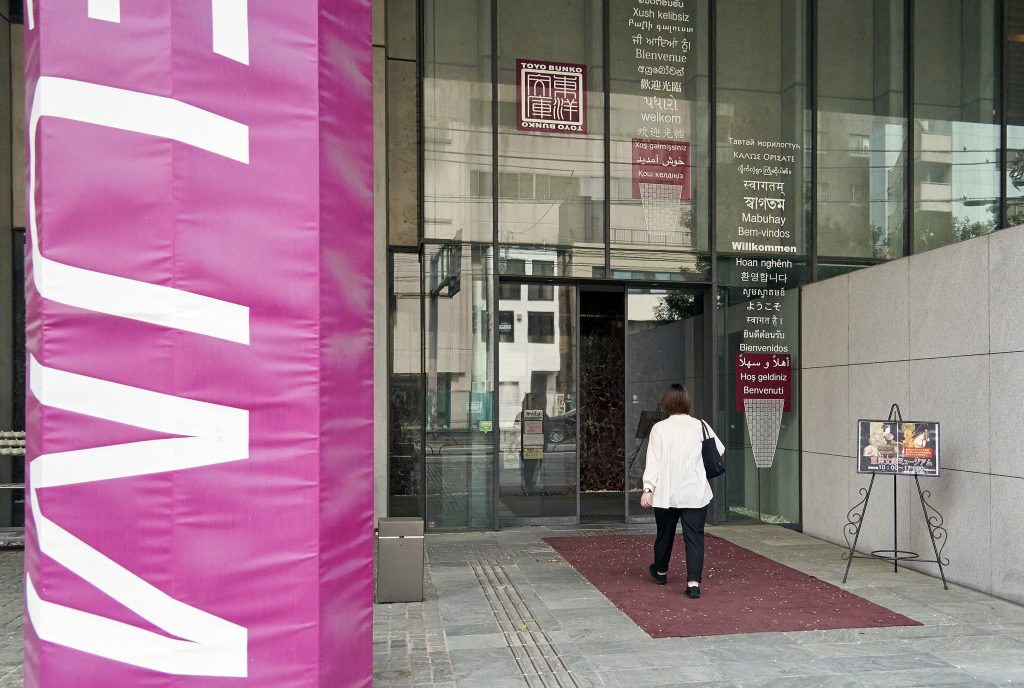
Our first stop is the “Toyo Bunko Museum”, an eight-minute walk from Komagome Station. Established by IWASAKI Hisaya, the third president of Mitsubishi, it is one of the world’s leading research libraries/museums of Oriental studies. It holds a collection of about a million books on Asian history and culture and gives exhibitions covering a wide range of genres.
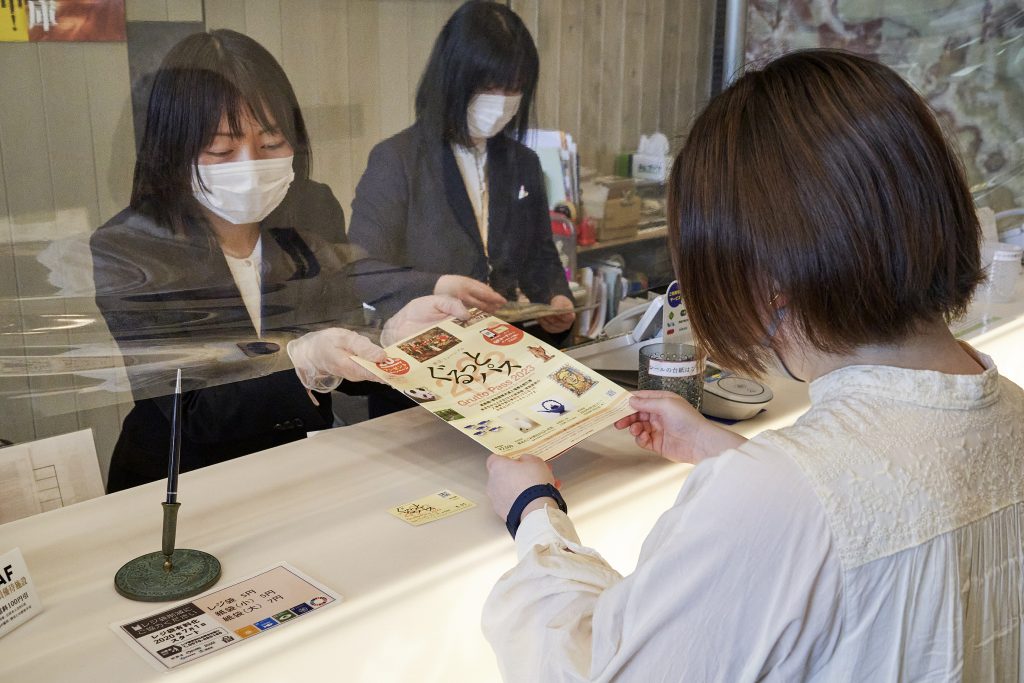
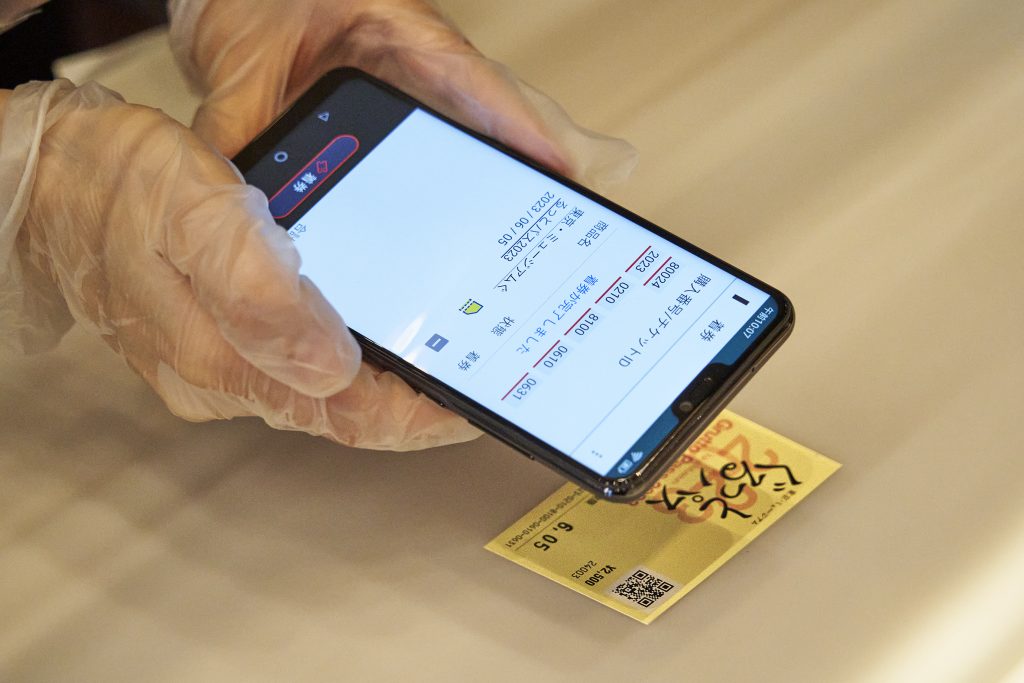
Grutto Pass is also available as an “e-ticket” that can be purchased using a smartphone, but we will use the card version this time. When you are buying a Grutto Pass at a museum, you will also receive a brochure with information on all the facilities where you can use the pass. If you are ready to use the card, have it stamped with the expiration date on the location and fill in your name.
At the Toyo Bunko Museum, we entered the special exhibition (usual price at 900 yen for adults) only with Grutto Pass.
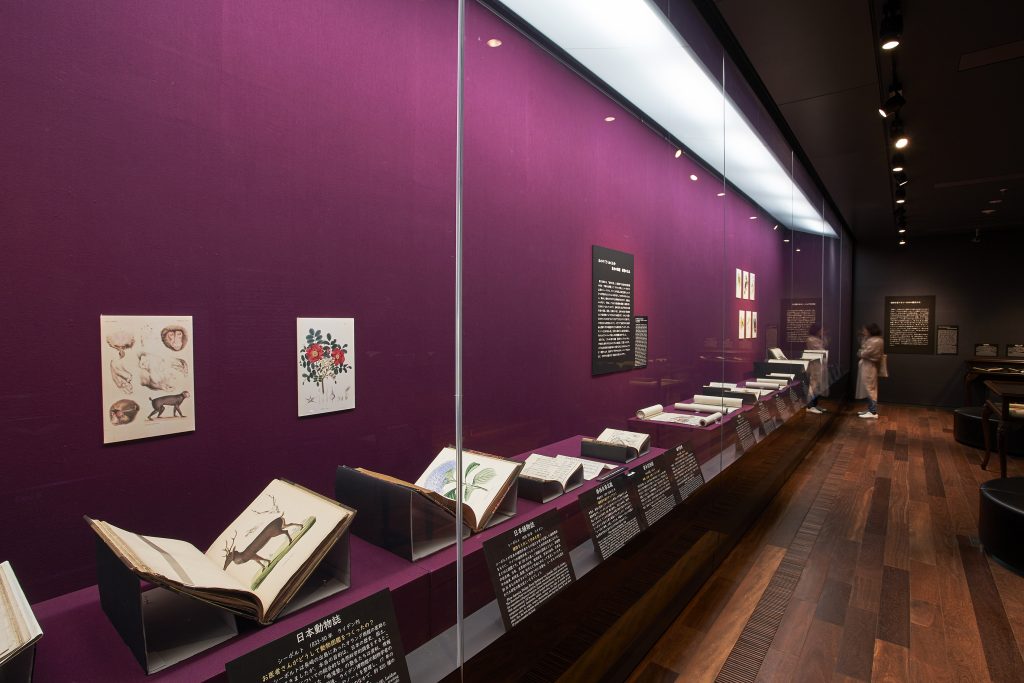
Currently on view, the special exhibition Flora and Fauna—East-West Exchanges of Illustrated Books (February 1–May 14, 2023) traces the exchange of knowledge between the East and the West through illustrated books and documents on animals and plants from different ages and places. One of the show’s main exhibits, Fauna Japonica (1833–50) and Flora Japonica (1835–70) compiled by the German physician Philipp Franz von SIEBOLD, introduce flora and fauna he encountered for the first time in Japan, such as a Japanese monkey, a sika deer, and a Japanese hydrangea. In the 19th century, multicolor printing technology was not widespread in Europe, and these illustrated books were hand-colored on printed line drawings.
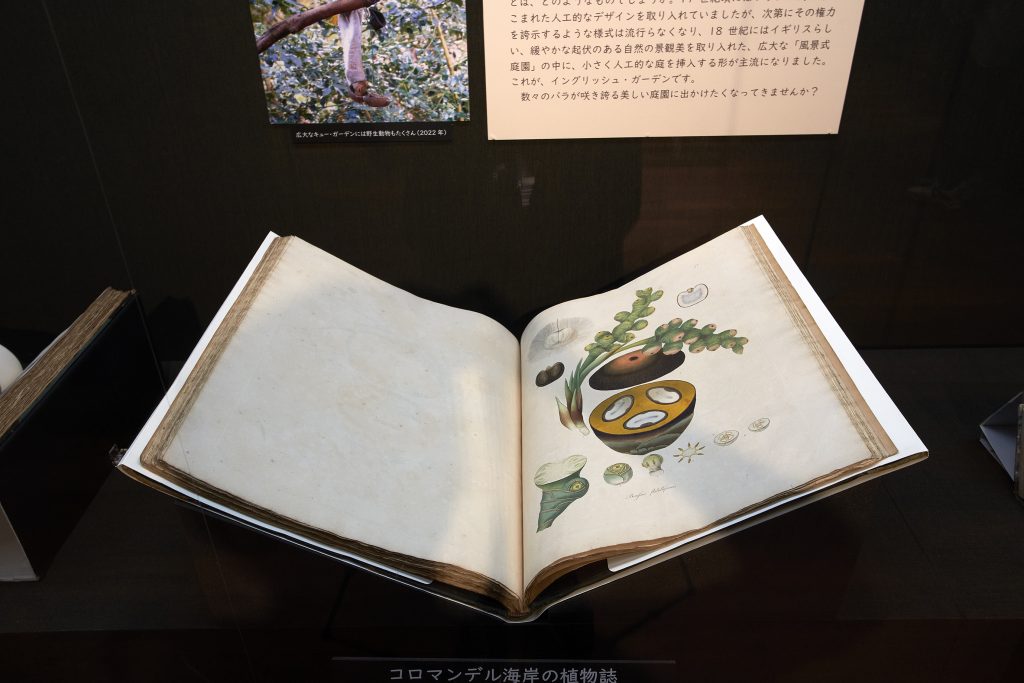
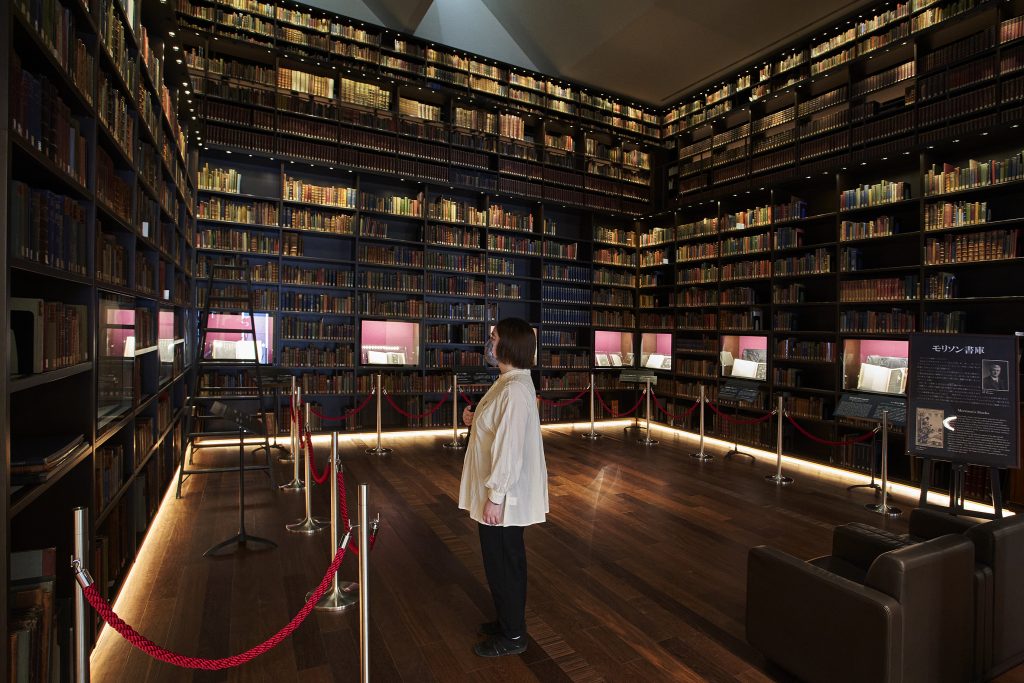
Another attraction of the museum is the “Morrison Library” on the second floor. The space is filled from floor to ceiling with a part of the book and painting collection—consisting of some 24,000 items—that IWASAKI Hisaya purchased from Dr. G. E. Morrison, an Australian based in Beijing. It exudes the atmosphere of the “hall of knowledge,” indeed symbolizing the Toyo Bunko Museum.
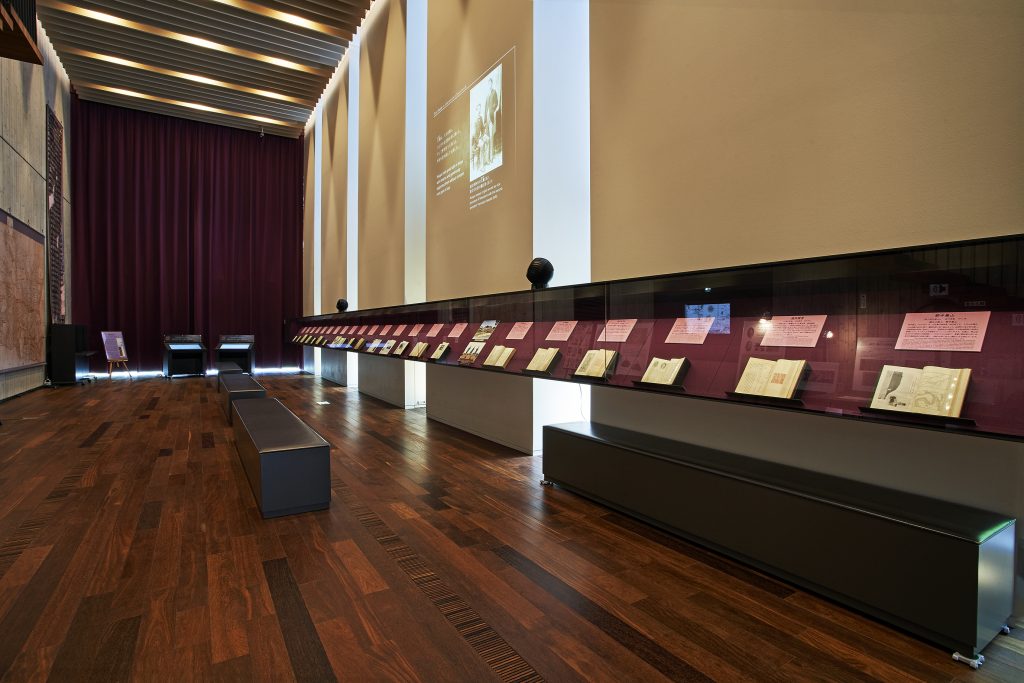
During the special exhibition Flora and Fauna—East-West Exchanges of Illustrated Books, the first-floor exhibition room will showcase items related to significant historical figures, SAKAMOTO Ryoma, the heroic figure of the Bakumatsu period, and the botanist MAKINO Tomitaro, who inspired the main character of the recent NHK’s morning drama series Ranman, all from of IWASAKI Hisaya’s hometown Tosa (Kochi Prefecture).
Spend Tranquil Time at Rikugien Garden
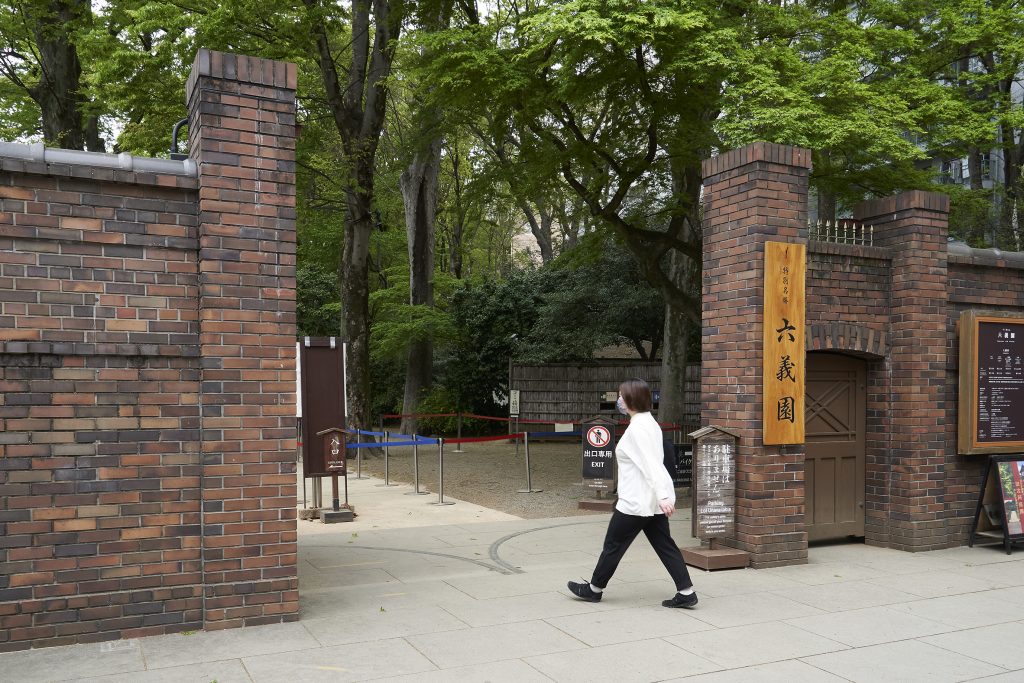
Just a minute’s walk from the Toyo Bunko Museum brings us to our next destination, “Rikugien Garden”. It is considered Edo’s most beautiful garden, alongside Koishikawa Korakuen, and is a valuable cultural asset designated as a special place of scenic beauty in Japan in 1953.
The entrance fee for adults is 300 yen, but the Grutto Pass lets us in without an extra charge.

Rikugien was built by YANAGISAWA Yoshiyasu, a daimyo feudal lord favored by the fifth shogun, TOKUGAWA Tsunayoshi. During the Meiji period, the park served as the villa of Mitsubishi’s founder, IWASAKI Yataro. Today, the garden is known for its weeping cherry trees blossoming in spring, but visitors can also enjoy azaleas in early summer and the colored leaves of maples and wax trees in fall.
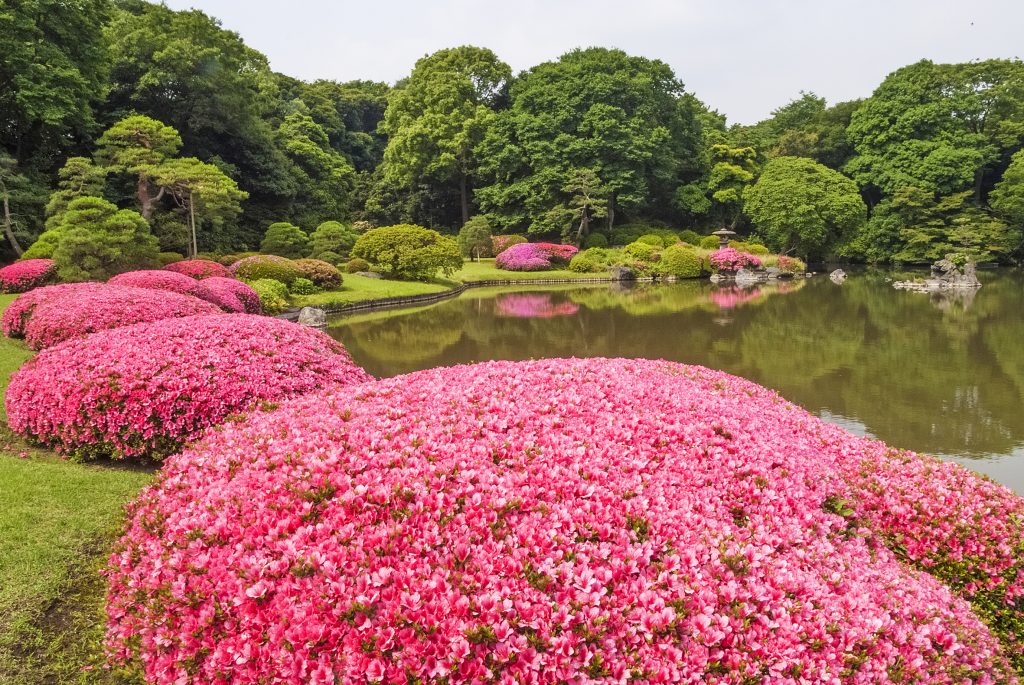
We often find azaleas on roadsides, but thickly-grown pink azaleas blooming by a lushly-edged pond are especially lovely to look at and uplift our mood. Azaleas from different regions were planted on the hillside and along the paths.
Let’s climb up the largest hill at the garden, Fujishiro-toge. Once you are up on the 35-meter hilltop, you get to have a taste of hiking while in Tokyo. Behind the red, pink, and orange azaleas, differently sized trees and undulating lines of Daisensui pond create depth in the scenery.
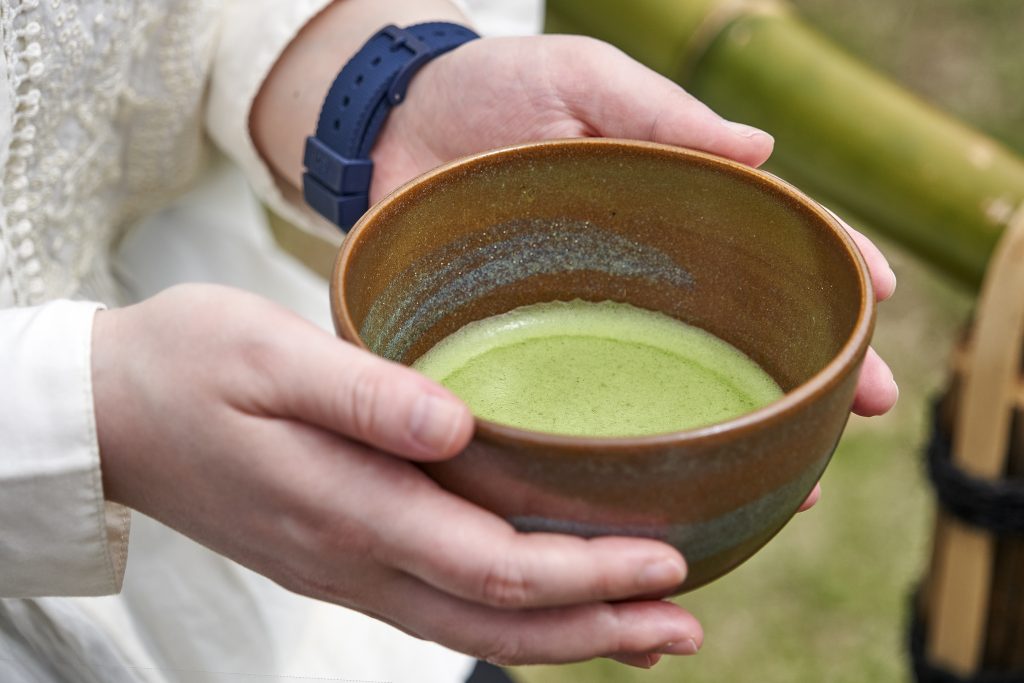
Stroll Through Japanese- and Western-style Gardens at “Kyu-Furukawa Gardens”
Our next and final destination is “Kyu-Furukawa Gardens”, located an 18-minute walk from Rikugien and past Komagome Station heading north.
Formerly the residence of a Meiji-period diplomat, MUTSU Munemitsu, the park is considered a valuable reminder of early-Taisho-period gardens and was designated as a place of scenic beauty in Japan in 2006.
The admission fee is 150 yen for adults, but again, we were able to enter only with the Grutto Pass.
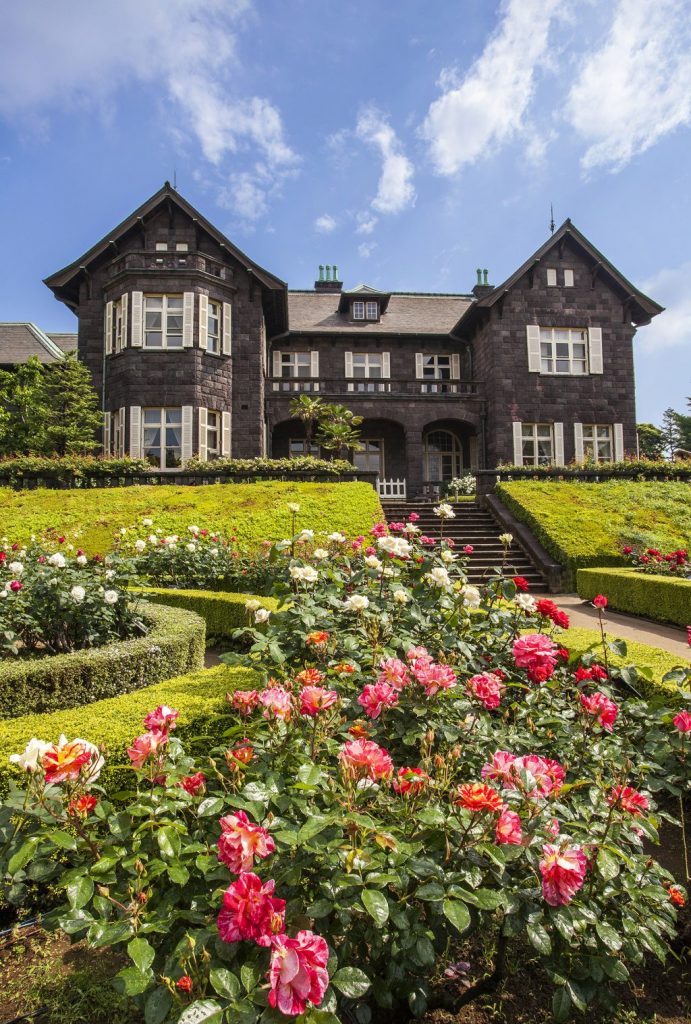
The Western-style mansion—a stone building inspired by a British manor house—and French-style garden were designed by British architect Josiah Conder. In early summer, about 100 different kinds of roses and azaleas blossom against the backdrop of the refined appearance of the mansion with contrasting reddish rock walls and white window frames. The scenery is reminiscent of Europe.
The rose festivals held around May and October offer musical performances and a rose popularity contest, attracting many visitors.
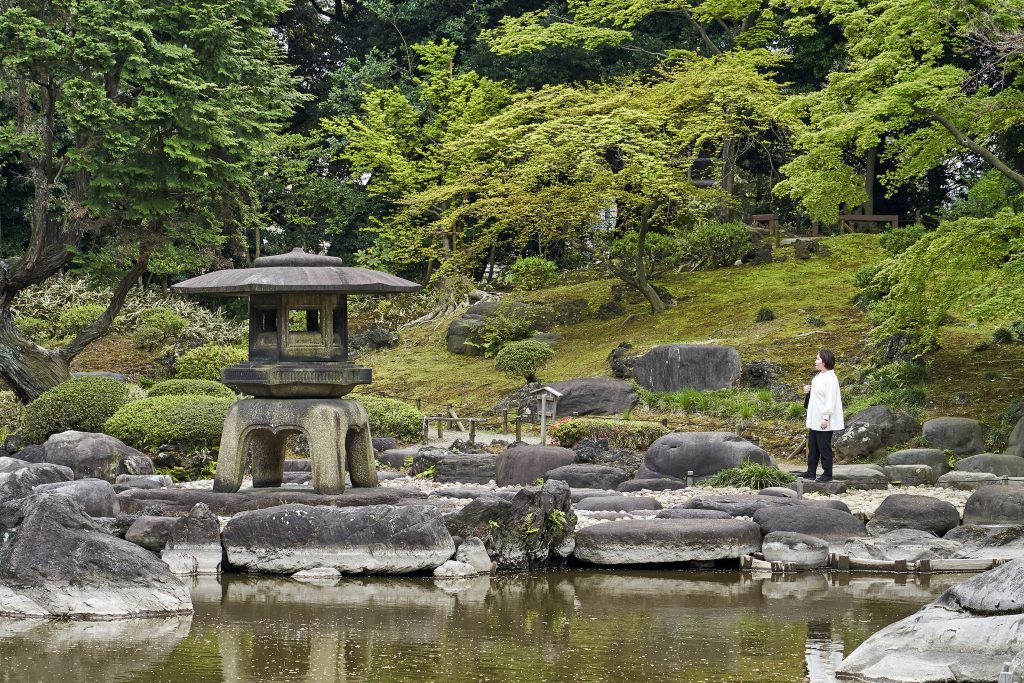
The ambiance drastically changes once we pass the rose and azalea gardens, and a Japanese-style garden spreads in front of our eyes. Behind the Shinji-ike pond, a large stone lantern and rockwork of different sizes adorn the area, creating a graceful atmosphere.
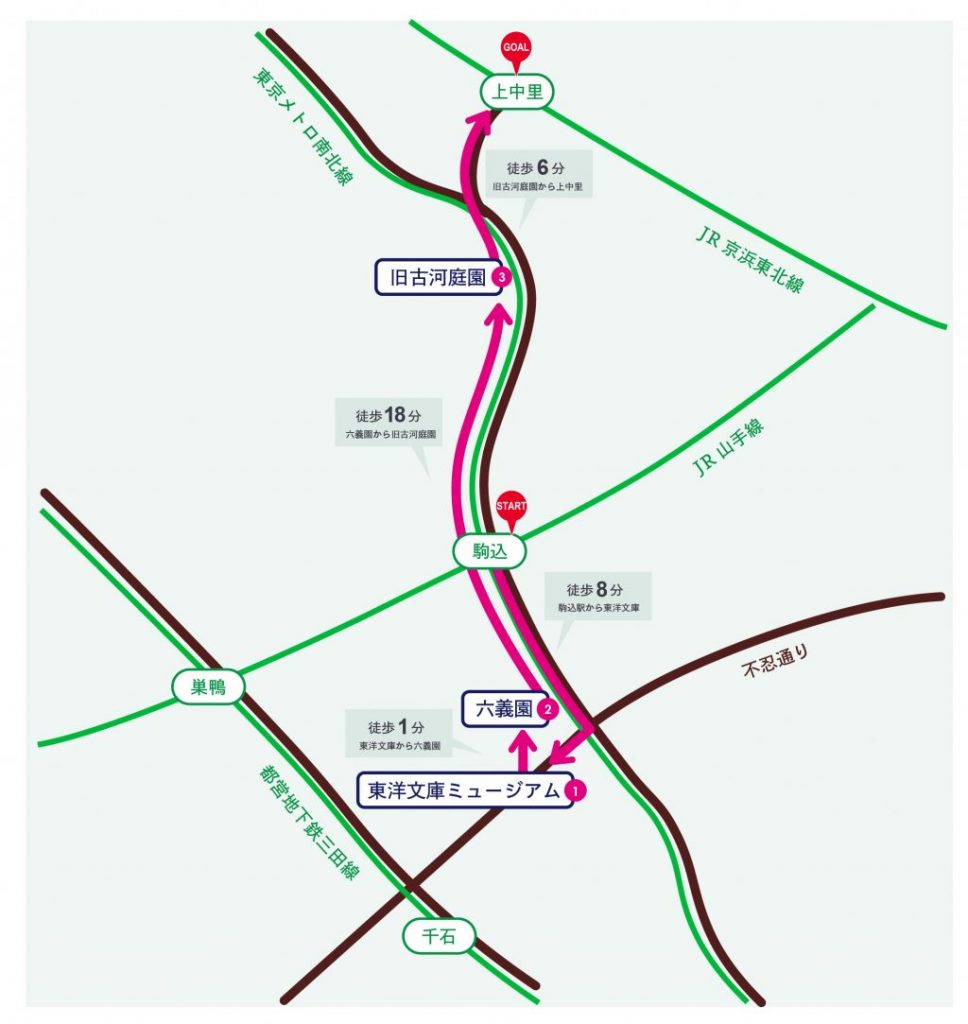
For this trip, we visited one museum and two gardens. The total entrance fee would have been 1,350 yen, but we were able to enter them with just Grutto Pass.
Reasonable Way to Enjoy the Holiday Season
“Grutto Pass Card” is available for purchase at 101 designated facilities and tourist centers. You can also buy a voucher at convenience stores, which can be exchanged at the designated facilities. The card is small, about the size of a business card, and can be kept in a wallet for use at any time.
The brochure includes the basic information on all designated facilities and an area map. You can write down the dates to keep track of your visits. You can use the brochure to make the planning more enjoyable, contemplating where you are yet to visit or which museums you can go to in a single day.
Take advantage of Grutto Pass’s great deals and make your Golden Week excursion even more enjoyable!
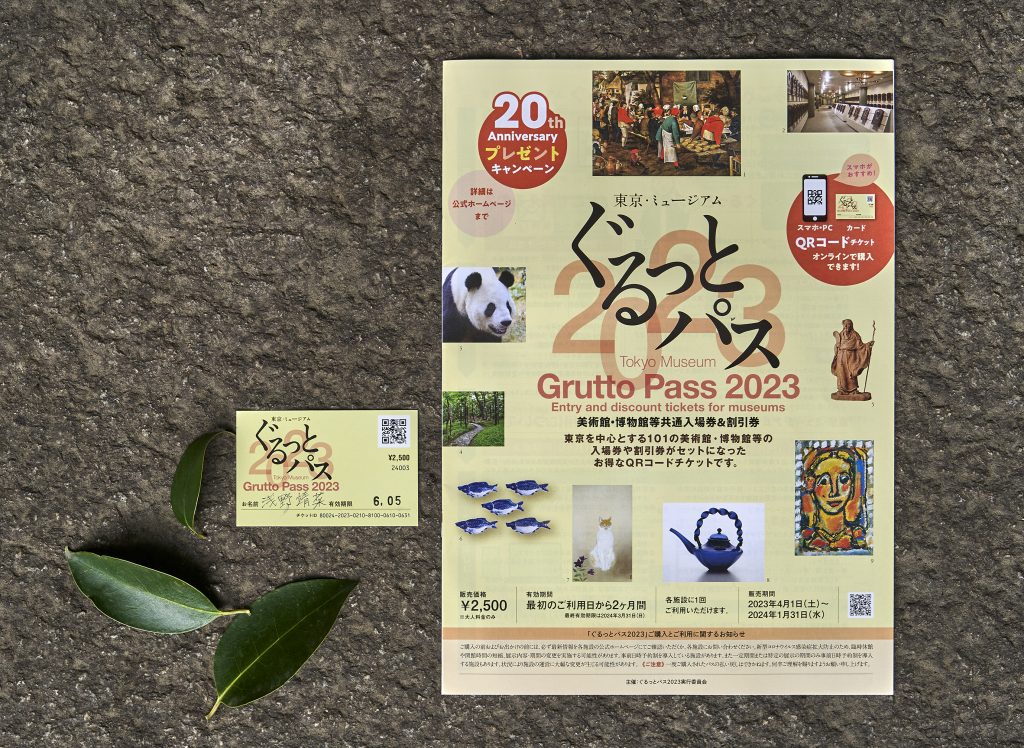
Text: Yasuna Asano
Photo: Norihisa Kushibiki (except those marked ★)
Translation: Erica Sawaguchi
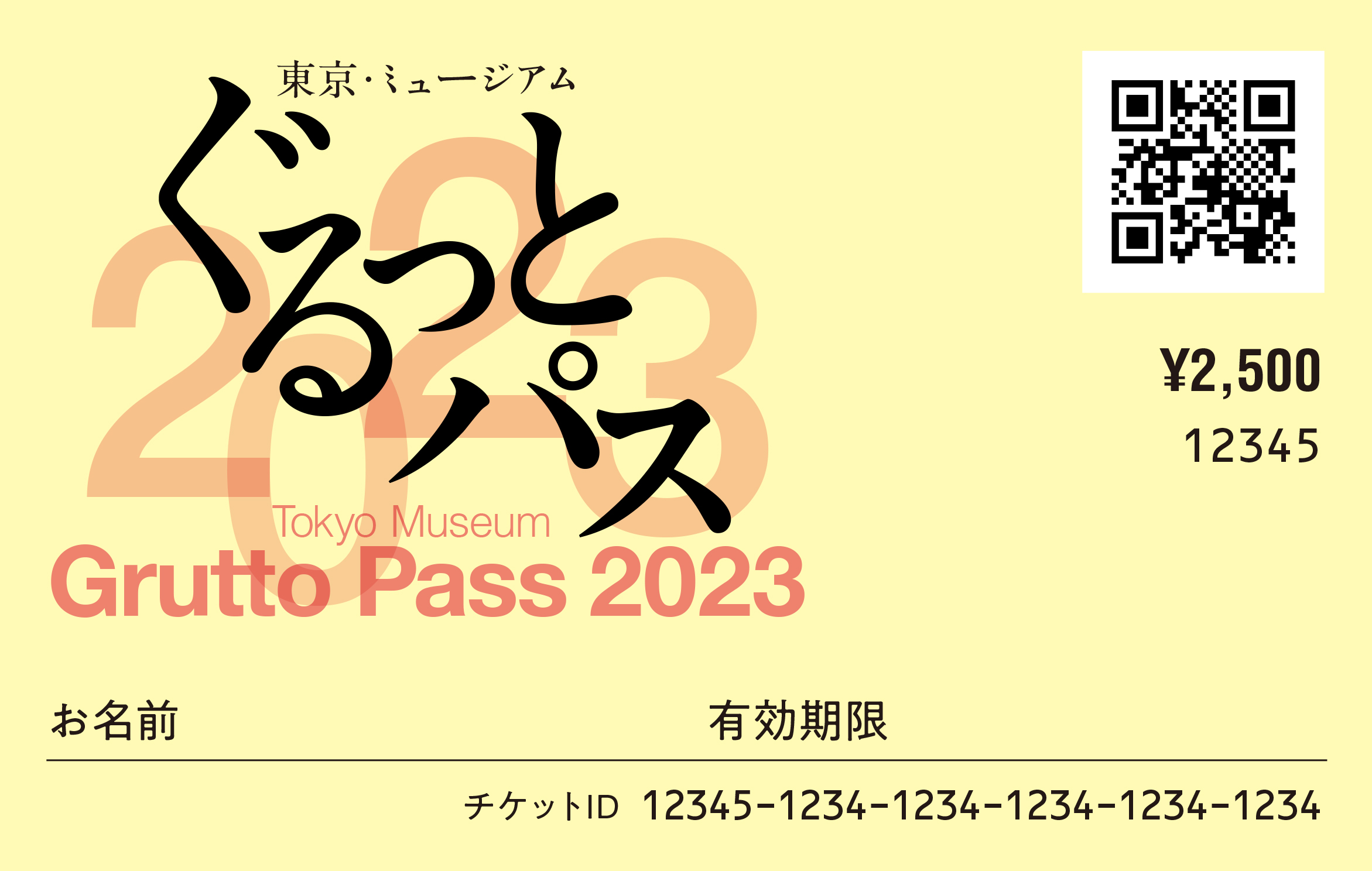
Grutto Pass 2023
“The electric ticket” can be purchased on PC or smartphone, and the “Grutto Pass Card” can be purchased at sales counters of designated facilities. The ticket can also be purchased in combination with various transportation tickets. For more information, please visit the Grutto Pass 2023 website.
Price: 2,500 yen (adult fare only)
Sales period: April 1, 2023 (Sat)–January 31, 2024 (Wed)
Valid period: The ticket is valid for two months from the date of its first use. It can be used to enter designated exhibition(s) once at each facility. *The ticket expires on March 31, 2024 (Sun).
https://www.rekibun.or.jp/en/grutto/
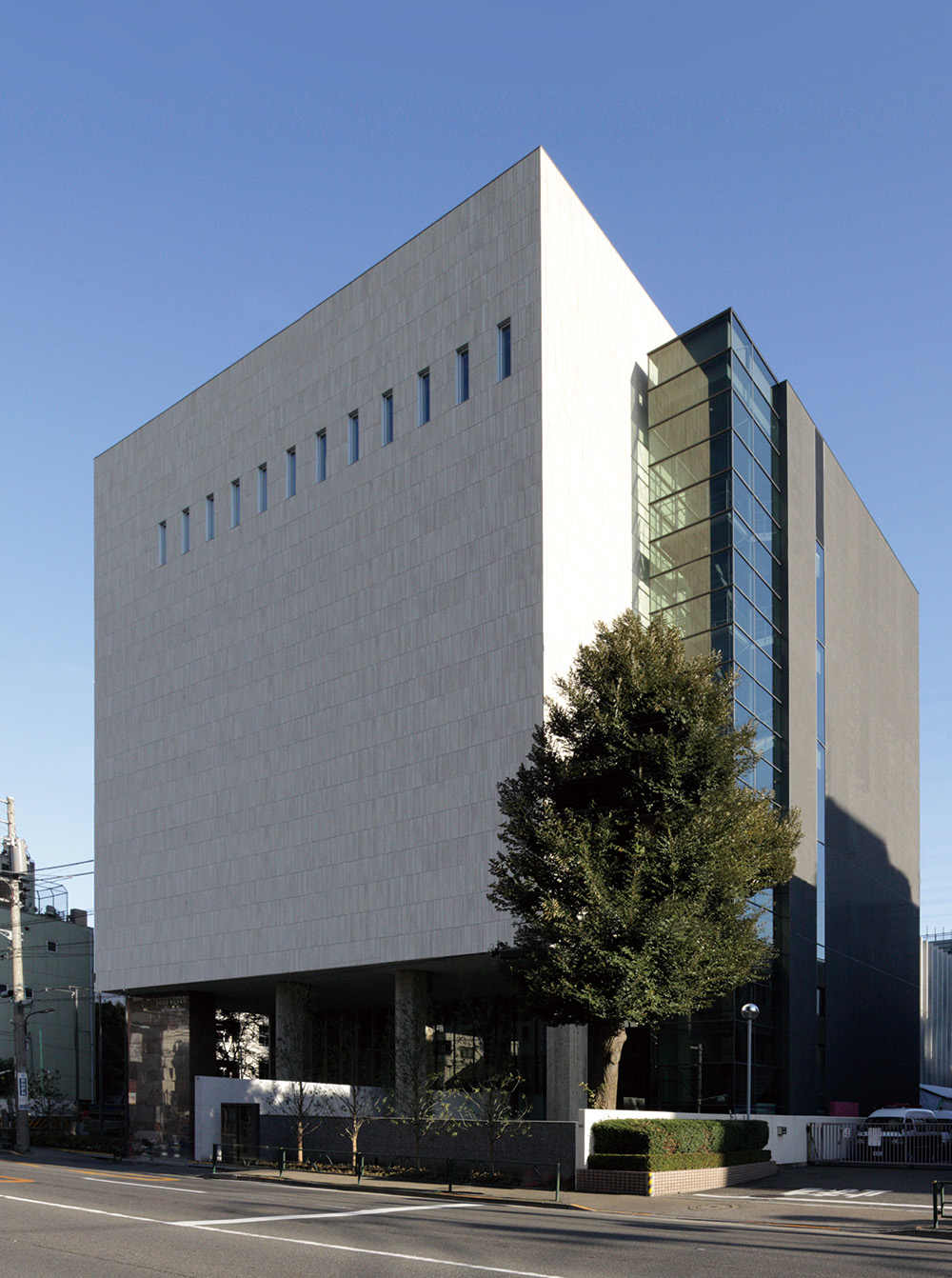
Toyo Bunko Museum
Honkomagome 2-28-21, Bunkyo-ku, Tokyo
Hours: 10:00 am–5:00 pm (last entry at 4:30 pm)
Closed: Tuesdays (if Tuesday is a holiday, the next business day), exhibit change period, year-end and New Year holidays
https://toyo-bunko.or.jp/museum/ (in Japanese)
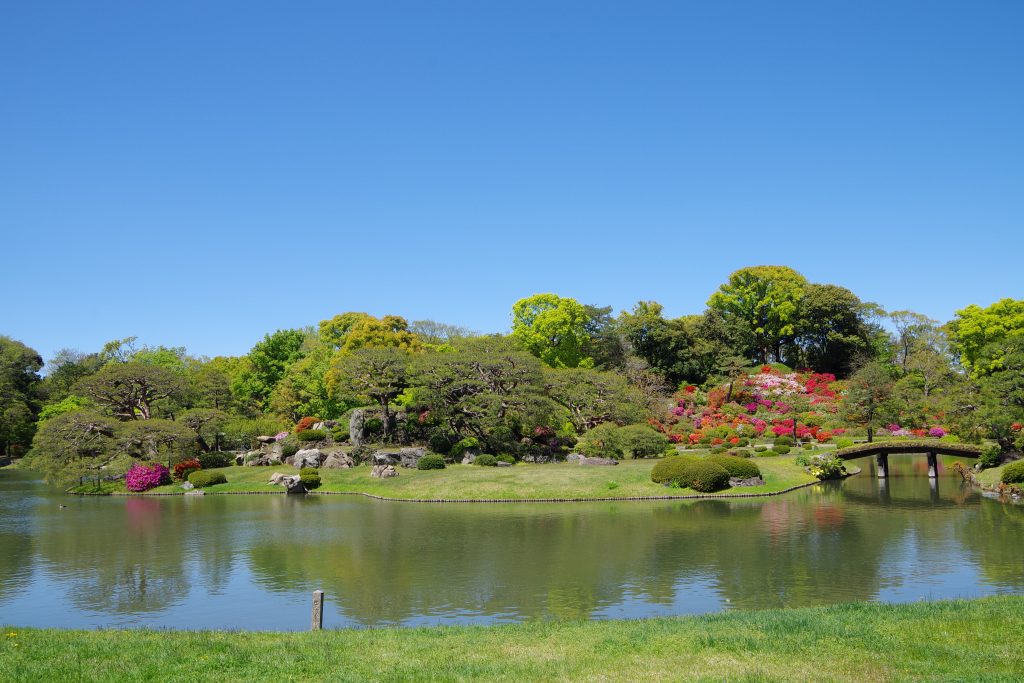
Rikugien Garden
Honkomagome 6, Bunkyo-ku, Tokyo
Hours: 9:00 am–5:00 pm (last entry at 4:30 pm)
Closed: Year-end and New Year holidays
https://www.tokyo-park.or.jp/park/format/index031.html
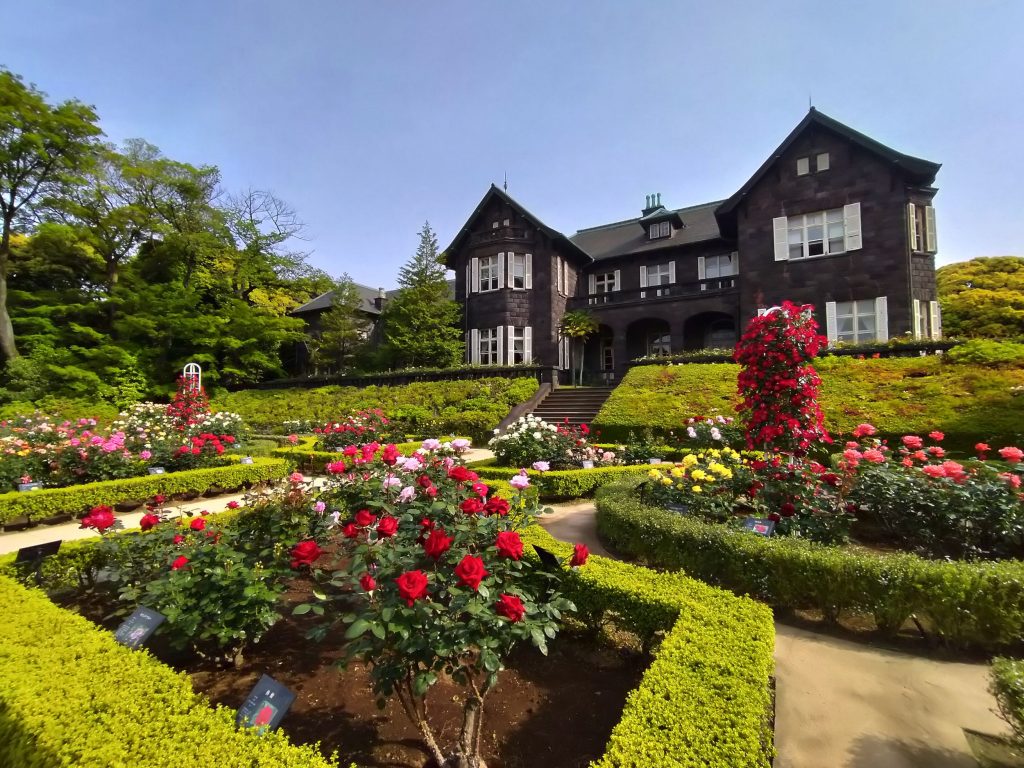
Kyu-Furukawa Gardens
Nishigahara 1, Kita-ku, Tokyo
Hours: 9:00 am–5:00 pm (last entry at 4:30 pm)
Closed: Year-end and New Year holidays
https://www.tokyo-park.or.jp/park/format/index034.html
*Separate admission fee is required to enter the Western-style mansion.
http://www.otanimuseum.or.jp/kyufurukawatei/(in Japanese)




